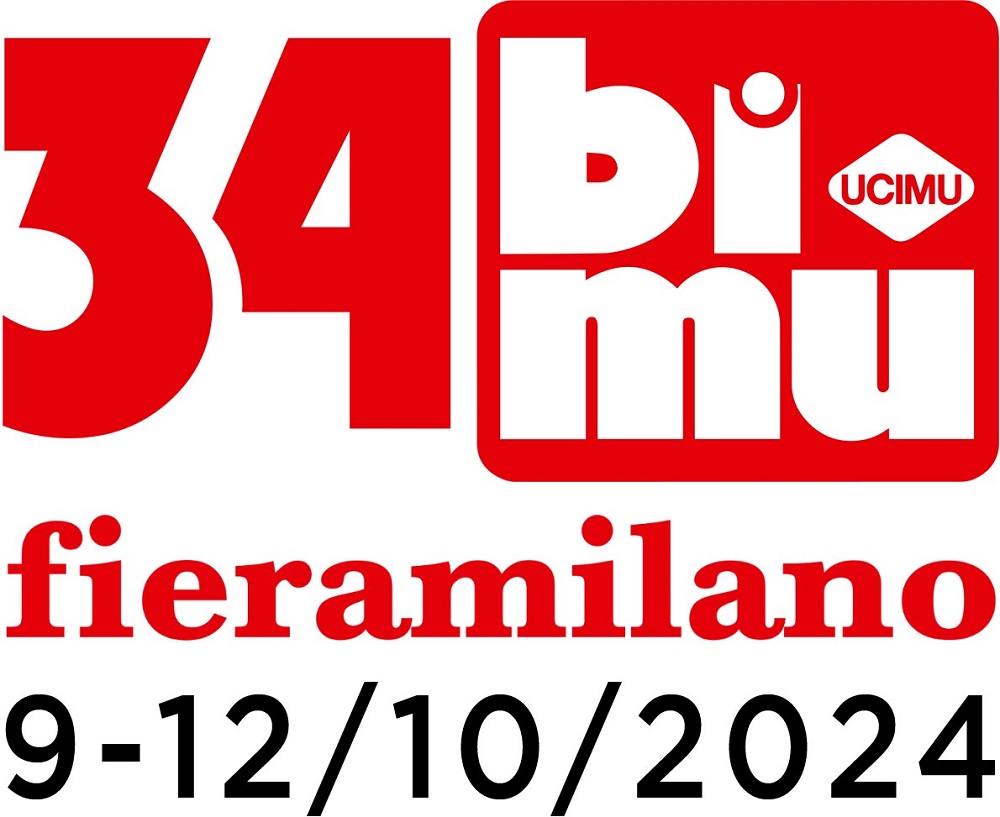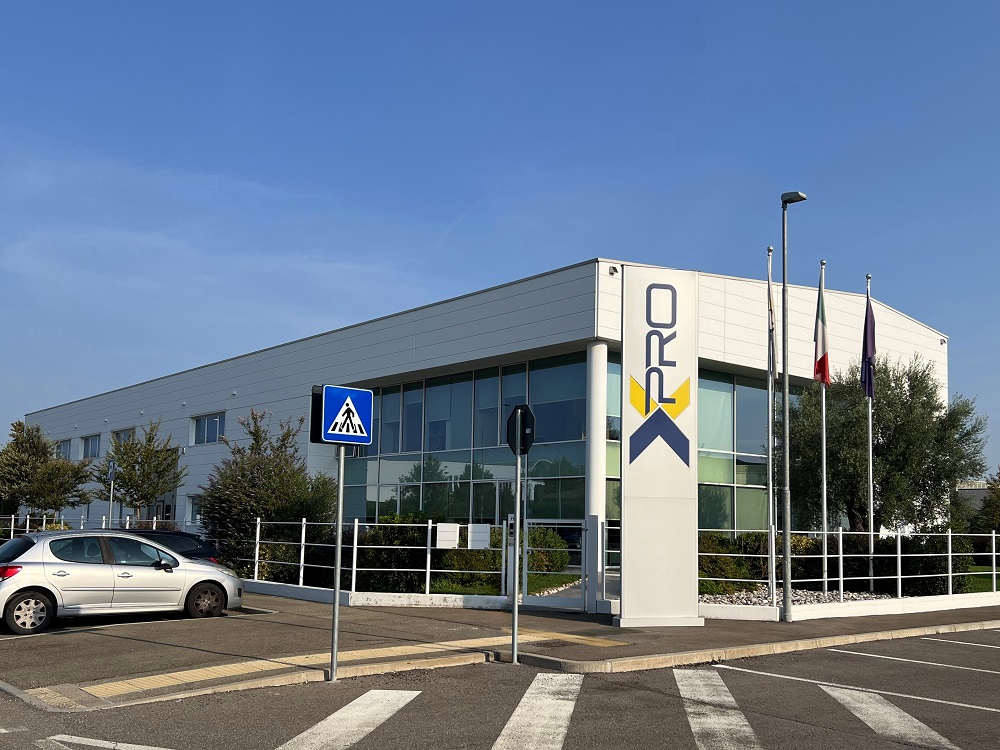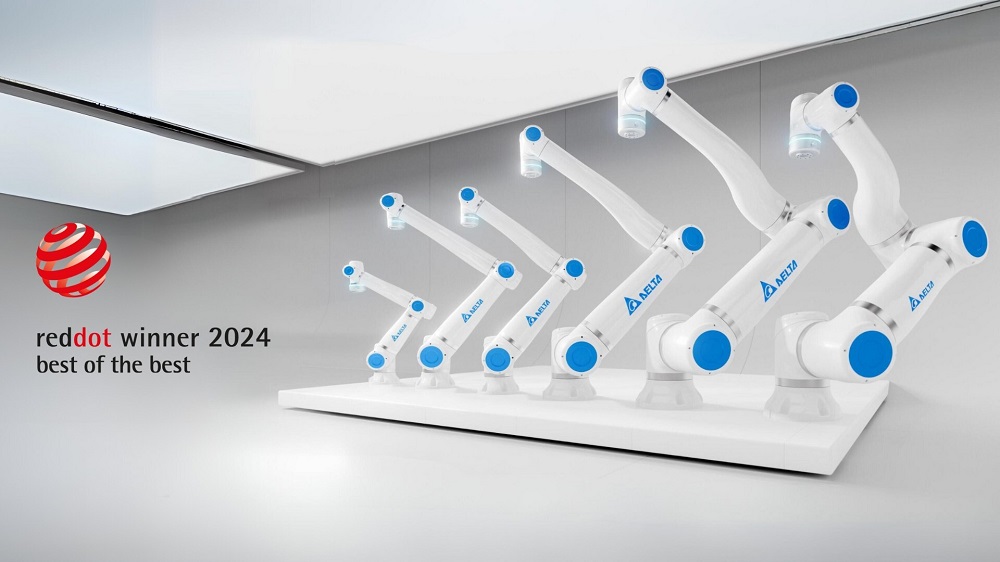As part of the Codem Group founded 15 years ago, Codem Composites has transformed its
business model. The company, located just south of Peterborough, is inundated with work
to the point that it has just invested in a new five-axis machining centre to cope with the
increase in demand. Fuelling this rapid growth in demand is the company’s adoption of a
CADCAM software suite from Open Mind Technologies.
As an engineering technology specialist that originally focussed on the development of
advanced material applications for the defence, automotive and motorsport industries,
Codem Composites has embraced additional technologies to broaden the provision of its
engineering solutions and service more complex problems across a wider range of markets.
The company, which operates out of a 30,000 ft² facility, now offers end-to-end solutions
for a diverse range of sectors and applications.
CAM and manufacturing supervisor at Codem Composites, Ryan De’ath, explains the
process flow for the ISO9001-certified company: “We produce composite parts for
industries that extend from motorsport to defence, making almost anything out of
composites. The lifecycle of a component that comes through this facility will initially start
with a tool or pattern design before entering the machine shop, where we’ll manufacture to
the customer’s exact requirements. Once this goes through our machine, it will be hand-
finished and sealed prior to lamination, curing and trimming, before inspection and delivery
to the customer.
“It’s absolutely essential to have a CAM system when you consider the complexity of parts
that we handle,” he continues. “We’re using hyperMILL from Open Mind and it has
completely changed the way that we do things. We’ve gone from a five-axis machine with a
bottleneck to confidently investing in the second machine – all because we invested in
hyperMILL.”
When reviewing CAM systems, Codem Composites looked for features that would be
tailored to its business requirements.
“We invested in hyperMILL with the modules for simultaneous five-axis machining,
something we weren’t previously able to do with our other software vendor. We’re also
running Open Mind’s Virtual Machine, which is a game-changer for lights-out production.”
It was two years ago when De’ath suggested that Codem Composites should consider
hyperMILL to improve efficiencies in its workflow. With the previous software, parts were
running one at a time during the day and the machine would be switched off at night. By
implementing hyperMILL, the company has been able to increase efficiency hugely by
running unmanned overnight on its large-bed machine, which can also handle the
machining of multiple parts in a single set-up.
“HyperMILL enables us to schedule our workflow much more efficiently,” he says. “We can
run smaller jobs during the day and larger batches of work unmanned overnight. It’s really
important to run unmanned overnight to maximise the capacity of the machine. With
hyperMILL, we can set the machine with a batch of tools and return to finish parts in the
morning. This strategy enables us to move straight to hand finishing.”
Commenting upon how Codem Composites applies hyperMILL, Open Mind UK sales director
Ken Baldwin says: “Codem has now been using hyperMILL for almost two years, investing in
a five-axis licence and the Virtual Machine module. They are machining composites with a
Belotti FLU 2617 gantry-type machining centre and they had a bottleneck where the
machine sat idle for too long. The company simply couldn’t program the parts quickly
enough. The hyperMILL CAM software immediately enabled Codem to program parts a lot
faster, while the Virtual Machine module provided the confidence to run parts on the
machine tool first-time without any prove-out.”
Among the benefits admired by Codem is the integrated CAD tools that enable users to
extend surfaces and cap holes.
“Previously, we had to make those surface edits and then export and import them,” explains
De’ath. “Now, we can do things ‘live’. So, when we’re programming, we can make that
decision and make edits immediately. It makes life a lot easier and there’s no ‘back and
forth’ like with other software – everything is controlled within the same programming
environment, saving huge amounts of time.”
Regarding the Virtual Machine module, he adds: “This has been an absolute game changer,
particularly when it comes to overnight running. It allows us to program a part, put it
through Virtual Machine and, once Virtual Machine says the program is OK, we can run it
with 100% confidence.”
Virtual Machine is where Codem Composites create a digital twin of the machine tool. This
provides the company with the exact parameters of what the machine is capable of – and
what its limits are.
“When we create an NC file in Virtual Machine, it will apply optimisation to the NC file prior
to simulation,” says De’ath. “In terms of optimisation, rather than have the operator make
decisions about the position of the five-axis head as an example, where there may be a
collision in one area and not another, the user doesn’t have to teach the software. The
software makes that decision and then optimises the tool path in terms of retracts to make
sure the tool stays as close to the job as possible – rather than going back to the home
position. This makes the tool path as efficient as possible without any input from the user.”
Baldwin adds: “Machine tools should be as efficient and productive as possible. So, rather
than investing in a new machine tool, manufacturers should be looking to get existing
machines running at their absolute capacity before committing to that additional
investment. Just like Codem has done.”
Looking at the impact of hyperMILL, De’ath concludes: “Company growth is happening right
before my very eyes. We’ve implemented the software so that we can use our Belotti FLU
2617 machine more efficiently. The result is that we’ve invested in another Belotti machine
to go alongside the first.”
The final word goes to Baldwin: “When customers gain experience in hyperMILL, the next
level to look at is automation: the automation of creating tool paths. With hyperMILL, we’ve
invested heavily in automation and some tools enable users to write functionality for the
individual user. This capability enables automation to undertake repetitive tasks and create
NC programs even faster than before.”
More information www.openmind-tech.com



















